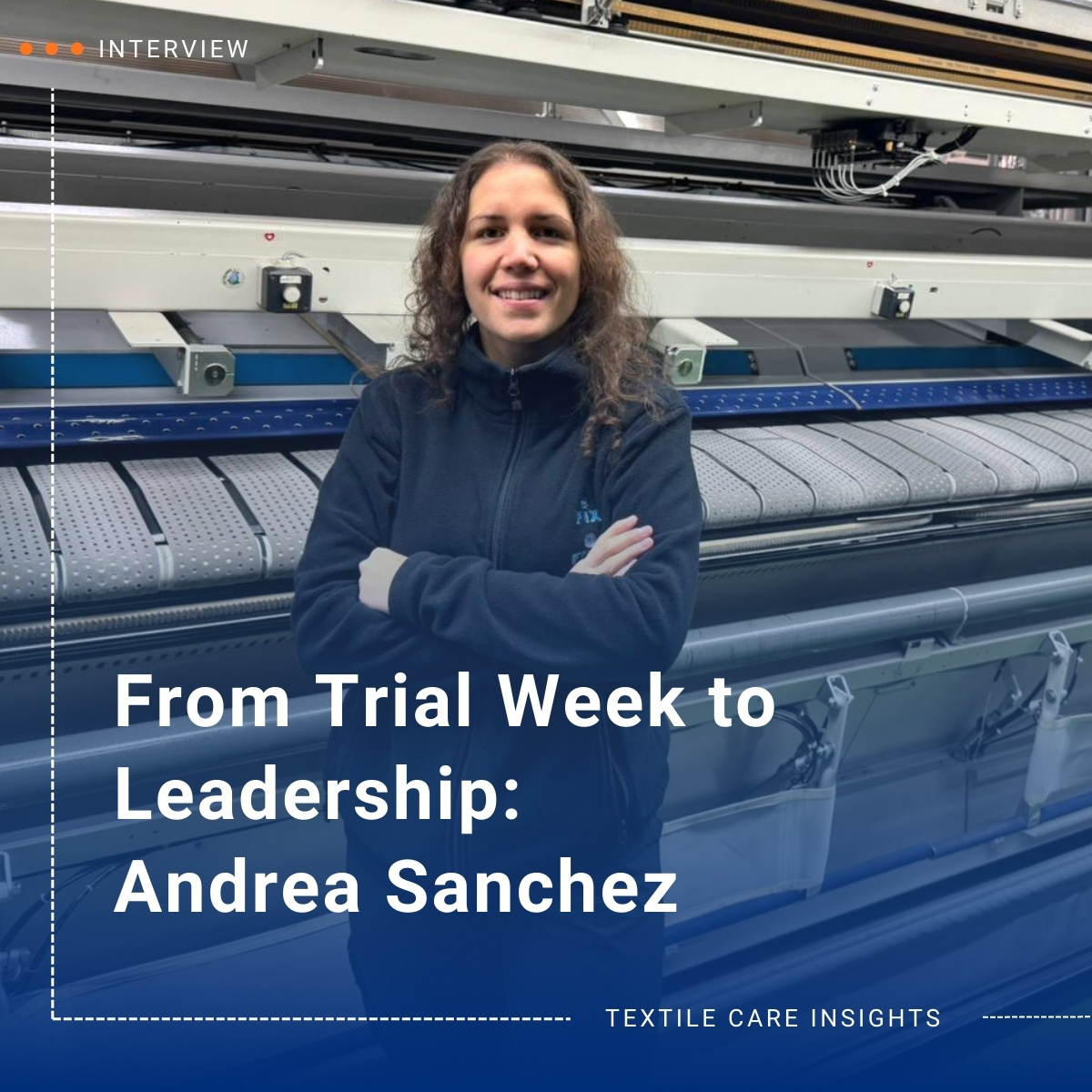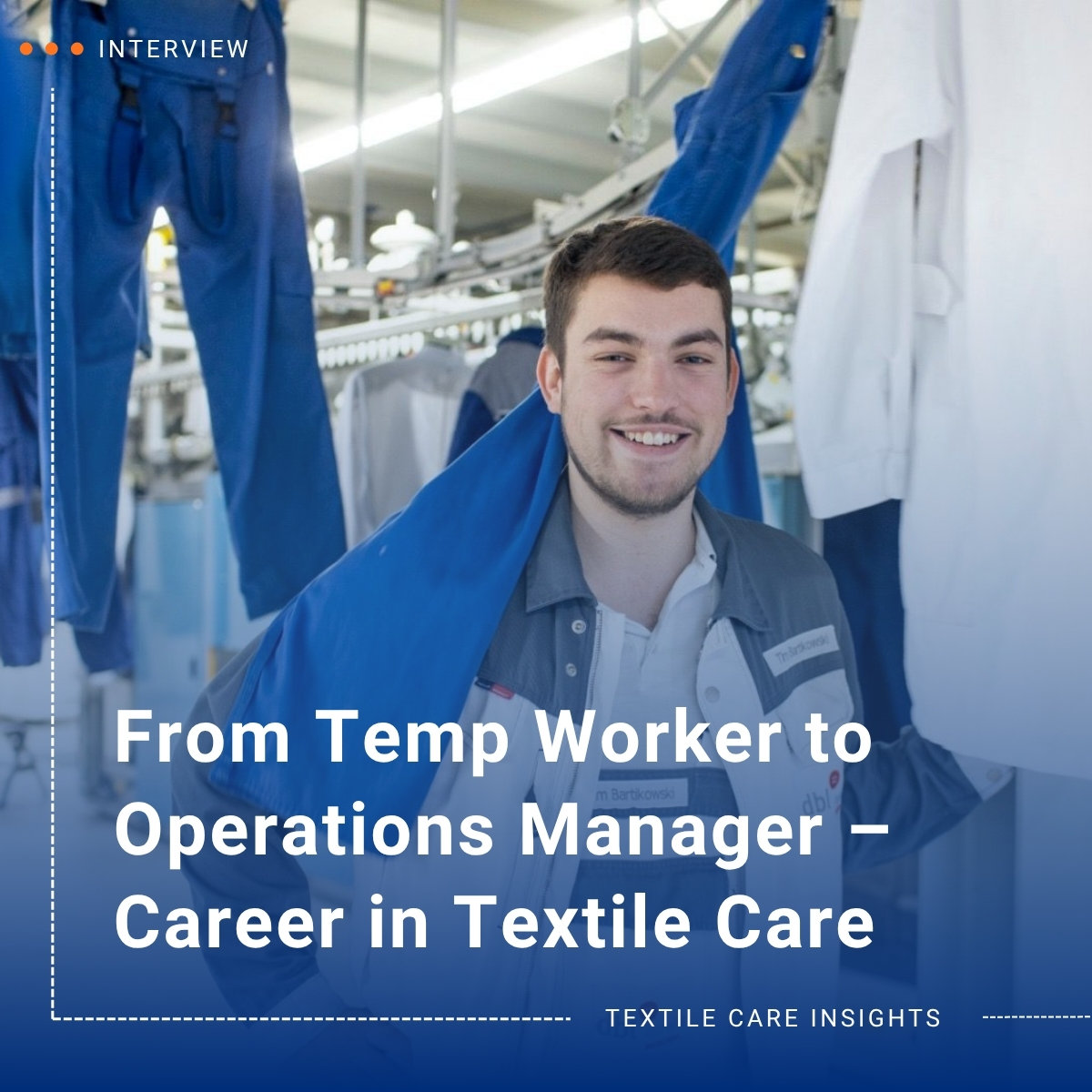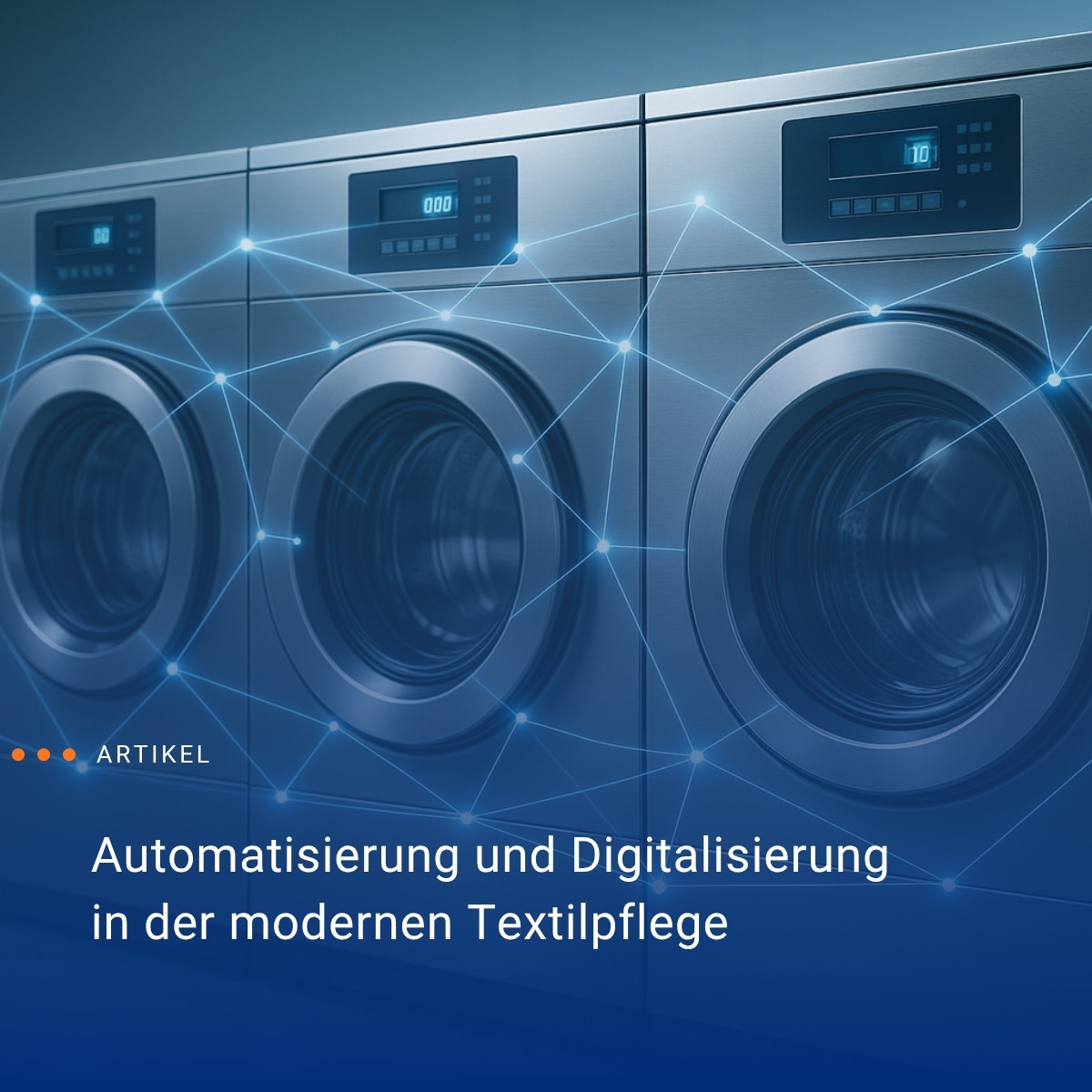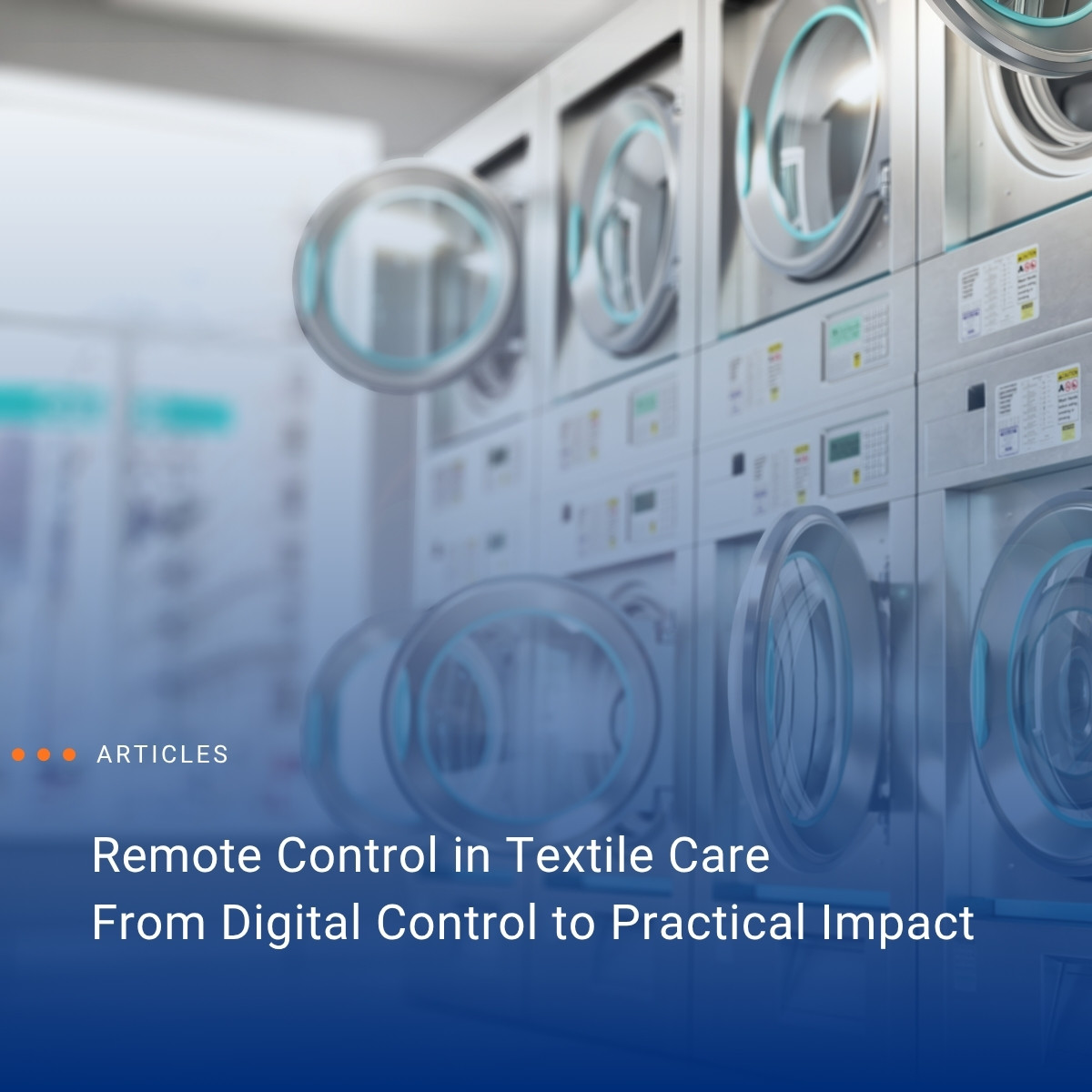Reading time: 4 minutes
It has been known for years that the European Union has an ageing problem. From Finland to Italy, from Portugal to Bulgaria, there will in future be more and more people leaving working life and fewer young people filling vacant jobs. Countries such as China and Japan are also affected by this development, which has far-reaching consequences: skilled workers are becoming scarce. This sad trend is particularly evident in technical professions and crafts, including the textile cleaning trade. Here, the situation is especially tense. For example, the German Textile Cleaning Association (DTV, Bonn) shows on its website a steadily declining number of trainees. While in 2011 around 520 apprentices began training in the trade, ten years later the number had fallen to just 143. Austria can hardly boast a better record. There, only 20 to 25 young people choose to train in textile cleaning each year. And in Switzerland too, according to the textile association Textile Care Switzerland (VTS, Bern), only a few people are in training. By mid-September 2025, there were a total of 9 people in their first year of training, 7 in their second year, and 10 in their third.
Technology sparks enthusiasm for the textile cleaner’s profession
It is not only skilled and trained employees that are missing in laundries. Within the businesses themselves, where career changers and semi-skilled workers often work, there is also a shortage of staff. The industry is countering this decline with, among other things, increasing automation of manual tasks. Laundry input, sorting and dispatch preparation are increasingly carried out by robots and automatic controls. The major advantage of the new technologies, according to Michael Harre, Managing Director of Kannegiesser (Vlotho), is that companies are becoming more productive. On the other hand, he also sees increasing automation as an upgrading of jobs: the requirements placed on staff are changing, with more tasks in the operation, maintenance and control of modern systems. He sees great opportunities for the industry in this development: jobs are becoming more varied and technologically demanding, creating new prospects for companies in attracting and retaining qualified staff in the long term. But since such a change does not happen by itself, there must be strong support from the machinery manufacturers, stresses Michael Harre. This includes, on the one hand, easy-to-operate systems and, on the other, intensive induction and training for laundry staff. However, in developing such machines and providing experienced training staff, the mechanical engineering industry faces similar problems to the textile care sector: skilled workers are lacking. This makes long-term personnel development all the more important in both areas, in order to inspire and further develop qualified young talent for the highly exciting textile care sector.
Essential: training and further education in textile care
Even though automation is making inroads into more and more areas of a laundry, technology cannot (yet) replace knowledge of proper textile processing and damage analysis. Experts are needed for this. Since these are becoming rarer in laundries, institutes and detergent manufacturers have long since stepped in and help to deal with laundry technology problems. However, this cannot be a long-term solution. Associations, chambers, universities and institutes therefore offer demand-oriented training and further education programmes that qualify career changers and/or produce junior and senior experts. The Hohenstein Academy (Bönnigheim), for instance, established an extensive programme of digital and hybrid seminars years ago with its own pool of experts. According to the head of the Academy, Marc Rabah, acceptance is high: the digital courses alone are attended by up to 2,000 participants each year. The DTV also offers numerous further training formats, mostly geared towards business administration, as well as master classes. And at the GermanFashionAcademy (Cologne), employees of member companies can complete IHK-certified courses to qualify as customs specialists, PPE specialists and sustainability specialists in the clothing industry.
Too few vocational schools
Such modern, digital learning formats could also remedy a problem caused by the closure of vocational schools as a result of low trainee numbers. Trainees often have to accept long journeys to attend block lessons or even spend several weeks in an unfamiliar city. Understandably, parents of underage apprentices find little appeal in such conditions and look for alternatives in the region for their children. This withdrawal particularly affects laundries in rural areas that are willing to train. Although they present their trade at job fairs or employment exchanges and thus attract the interest of young people, the vocational school situation often prevents a training contract from being concluded.
Parental financial support for vocational training
There seem to be further reasons why filling vacant training places in the craft sector is difficult. This is the conclusion of the 2025 Training Report of the DGB Federal Executive Board, Youth Department (Berlin). In this report, the trade union surveyed 9,090 apprentices in 25 trades (textile cleaning was not among them) about their situation. They criticised, among other things, inadequate training plans – a weakness particularly in smaller businesses – and a lack of prospects after completion of training: in their final year, 41.5 per cent of apprentices do not know whether they will be taken on. Training pay is a particularly serious issue. 62.8 per cent of respondents believe it is insufficient or only just enough for independent living. Almost a third of apprentices rely on additional financial support from their parents, and one in eight trainees has a part-time job alongside training to make ends meet. There is some good news: the “apprentice pay” in the textile cleaning trade is more than 100 euros above the statutory minimum training allowance and increases over three years from 800 euros to 950 euros. Young people whose training company is a member of the Industrial Association Textile Service (intex, Frankfurt/Main) fare even better. The association has concluded a collective agreement with IG Metall that grants apprentices 1,100 euros in their first year alone.
Making use of the internet for the industry’s performance!
Although the sector is already far ahead when it comes to automation, the use of artificial intelligence and robotics, most people know little about these interesting aspects of the profession. Targeted advertising could instantly boost the industry’s image. DBL (Zirndorf) has achieved this feat with a humorous YouTube video: in two years the clip has attracted more than half a million views. The industry could hardly wish for better publicity.








